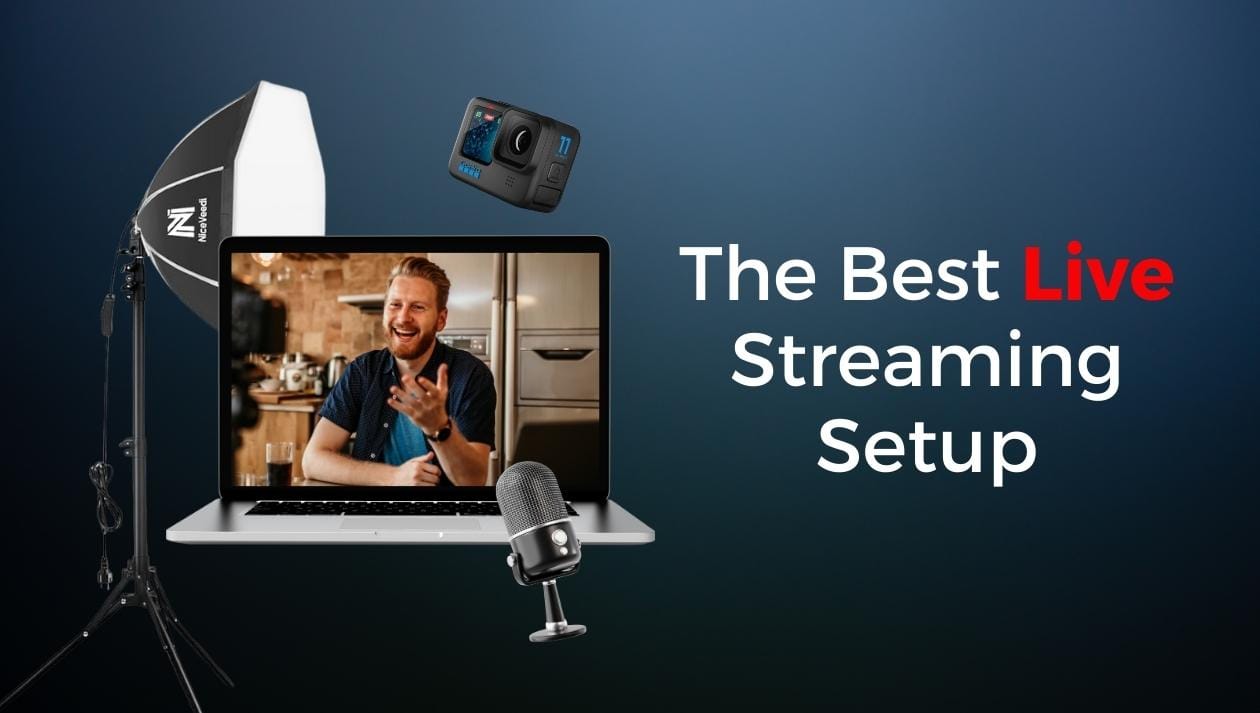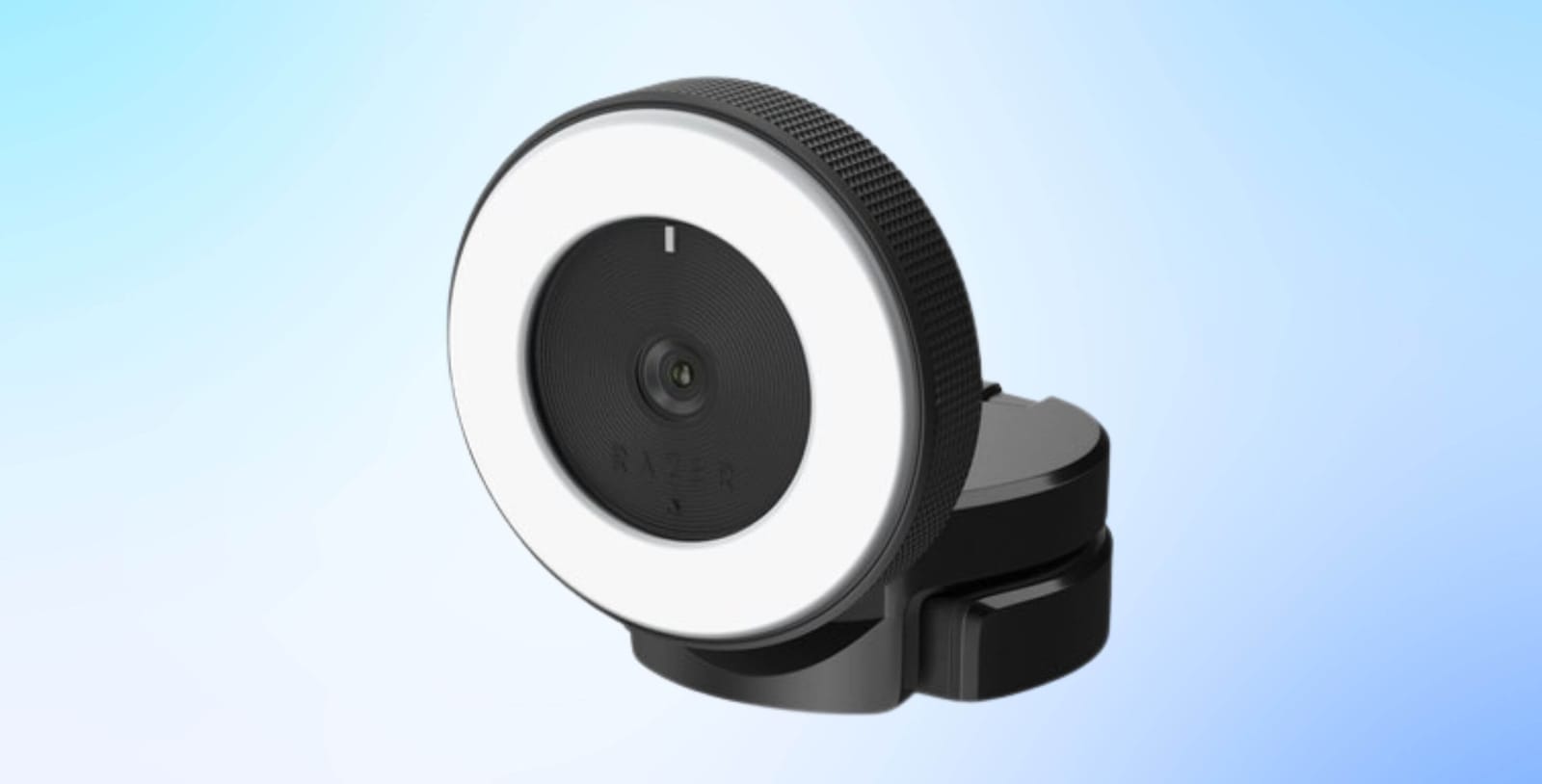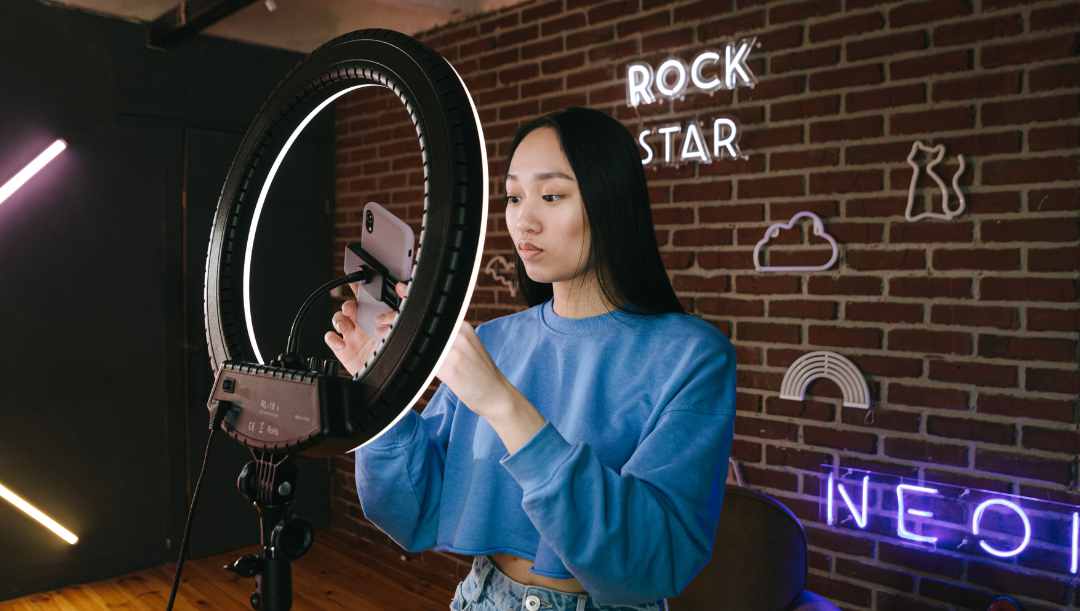The Ultimate Live Streaming Setup Guide for Beginners

Whether you’re aspiring to be the next big Twitch star, or you simply want to share your expertise with the world via YouTube or Facebook live, setting up a proper streaming environment is crucial. In this article, we'll guide you through the essential components needed to create an optimal live streaming setup, that is perfectly suitable for beginners who are eager to dive into the world of live streaming.
Live Streaming Setup to Consider
From discussing the type of hardware that meets various needs and budgets, to recommending robust software solutions tailored for seamless streaming, we've got you covered. We'll also explore how to ensure your internet connection is reliable, the importance of professional lighting and an inviting background, and strategies for engaging effectively with your audience. Additionally, we highlight the importance of consistency in your streaming schedule and the necessity to regularly test your setup to preempt any technical glitches. Join us as we unpack these critical elements to help you create the ultimate live streaming setup.
The Right Hardware
Computer: Your computer is the heart of your live streaming setup. A robust processor (like Intel i7 or AMD Ryzen 7) and at least 16GB of RAM are recommended to handle the demands of streaming and gaming simultaneously, if that's your focus. Solid-state drives (SSDs) can also improve performance.
Camera: A good quality webcam can significantly improve your stream’s visual quality. For starters, a 1080p camera works well, but you can upgrade to a 4K webcam as your audience grows. Cameras like the Razer Kiyo provide excellent quality at a reasonable price.

Microphone: Audio clarity is extremely important when live streaming, so invest in a good microphone. USB microphones are popular among beginners for their ease of use and affordability. The Blue Yeti or Audio-Technica AT2020 are excellent choices.
Capture Card: If you're streaming console gameplay, a capture card is necessary. It takes the video input from your console and sends it to your computer. The Elgato HD60 S is a popular choice among streamers.
Software for Streaming
Choosing the best streaming software that suits your needs is the key. Software like LiveReacting Studio. You can review other options, but this kind of software does not require installation, and allows to multistream your content to different channels at the same time. LiveReacting allows to add interactive elements such as quizzes, polls, games, and countdowns directly into a live stream. This can significantly enhance audience organic engagement as viewers can participate directly rather than just watching passively. It also smoothly integrates with major streaming platforms.
Encoding Software: Encoding is crucial as it compresses your video and audio into a format that can be easily transmitted over the internet. LiveReacting handles encoding as well as streaming, but getting acquainted with the settings is vital for maintaining stream health.
Internet Connection
A stable and fast internet connection is non-negotiable for streaming. You need both high upload speeds and a reliable connection. An upload speed of at least 5 Mbps is recommended, but more is better, especially for high-resolution streams. Consider using a wired connection (Ethernet) rather than WiFi for greater stability.
If you're in an area with an unstable Internet connection or if you prefer to produce and polish your content before broadcasting, you can also schedule your pre-recorded video to be streamed at a planned time. To your audience, it will appear as though you are streaming live, enabling you to maintain the engagement without the potential stress of real-time streaming issues.
Lighting and Background
Proper lighting can dramatically improve your stream's visual quality. Softbox lights or ring lights can eliminate shadows and evenly illuminate your face. Additionally, pay attention to your background. It should be neat and not distracting. Some streamers use green screens to composite custom backgrounds during the stream.

Engaging with Your Audience
Interaction is key. If there is a chance that your streaming setup includes a second monitor, it's great as you'd be able to keep an eye on chat or viewer comments without disrupting your gameplay or presentation. Engaging with your audience keeps them interested and makes your streams more enjoyable. There are some ways to engage with your audience when streaming via LiveReacting:
All the engagement features are fully automated, what means that you can sit back and just watch. For example, if you go for a Trivia Game, you can customize it by adding your own questions and answers, and choose how it appears in your stream. Viewers participate in such real-time trivia by submitting their answers through comments, and LiveReacting automatically tracks and displays scores, making the experience interactive and competitive for the audience. Here is an example of such trivia game in a live stream:
Testing and Consistency
Before going live for the first time, test your setup thoroughly. Check for any sync issues between audio and video, stream quality, and the functionality of your interactive elements. Consistency in your streaming schedule is also crucial to grow your audience. Stick to a realistic schedule that you can maintain.
Conclusion
Creating an optimal live streaming setup as a beginner may seem daunting, but by carefully choosing the right hardware, understanding the software, and paying attention to the details like lighting and audience engagement, you can ensure a professional and rewarding streaming experience. Remember, perfection comes with practice and iteration. Start simple, learn from each session, and gradually improve your setup as you gain more insights and experience in live streaming.
Transform Your Live Streams with LiveReacting
Join 10,000+ streamers who are boosting engagement and viewership by adding pre-recorded videos, games, polls, and countdowns to their streams.
Try LiveReacting for free today and take your streams to the next level!
